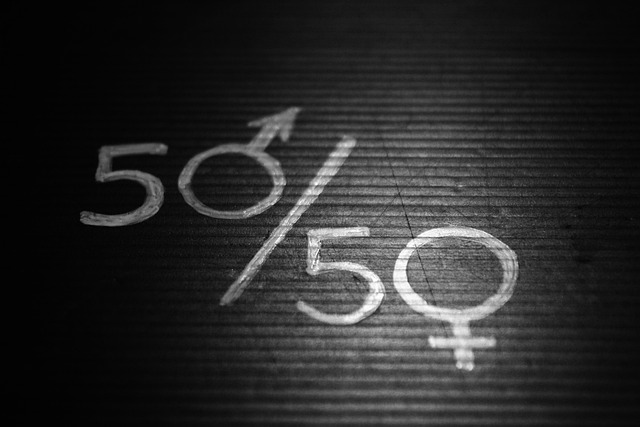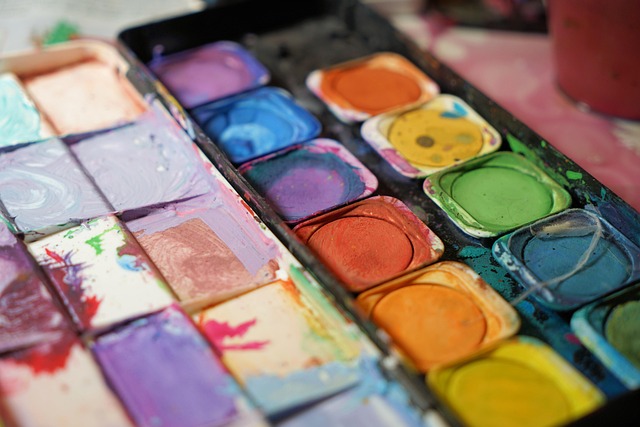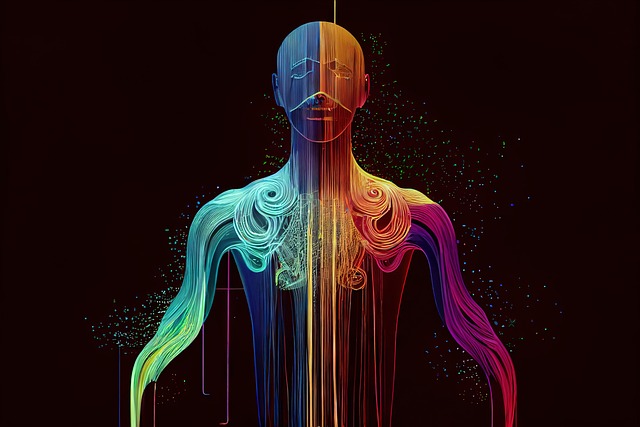In the realm of art and design, the term reproductive graphics carries a depth of meaning that extends far beyond mere technical reproduction. This form of art seeks to capture the essence of original works, breathing life into the themes and ideas that they embody. By harnessing innovative techniques, reproductive graphics can evoke a spectrum of emotions, stirring the viewer’s imagination and connection to the pieces they encounter.
The history of reproductive graphics is rich and varied. From early prints created using woodblock techniques to modern-day digital reproductions, this medium serves as a bridge between the original and interpretation. Artists have long used reproductive graphics to disseminate their visions, enabling wider access to renowned artworks while simultaneously offering fresh perspectives on iconic images.
One of the most compelling aspects of reproductive graphics is its ability to reflect cultural narratives. Through the ages, artists have employed this technique to comment on societal values, political movements, and personal experiences. Whether it is through the meticulous replication of a masterwork or the reinterpretation of traditional themes, reproductive graphics invite viewers to engage with the underlying messages in powerful and meaningful ways.
Moreover, reproductive graphics challenge the notion of originality in art and design. In an age where digital creation is ubiquitous, the lines between original and reproduced work are often blurred. This raises interesting discussions about authenticity, authorship, and value in contemporary art. As artists continue to navigate these themes, they employ reproductive techniques not merely as an act of copying but as a vital tool for innovation, dialogue, and exploration.
Design, too, finds inspiration in the world of reproductive graphics. Graphic designers regularly utilize these techniques to create visual storytelling elements that engage audiences. From posters to branding materials, incorporating elements of reproductive graphics allows designers to create a sense of nostalgia and familiarity that resonates with viewers. By layering history with contemporary aesthetics, these designs create a dialogue between the past and the present, capturing the viewer’s attention and evoking an emotional response.
As we delve deeper into the impact of reproductive graphics in both art and design, it becomes evident that this medium is not just about reproducing what already exists; it is about reinterpreting, reframing, and rejuvenating our understanding of artistic expression. The power of reproductive graphics lies in its ability to connect us to the shared human experience, reminding us of our history while inspiring us to push boundaries and explore new possibilities in creativity.
In this way, reproductive graphics stand as a testament to the ongoing conversation between artist, designer, and viewer. As we continue to explore this evolving landscape, the emotional resonance and cultural significance of reproductive graphics will only grow, offering endless opportunities for artists and designers to inspire and innovate.




